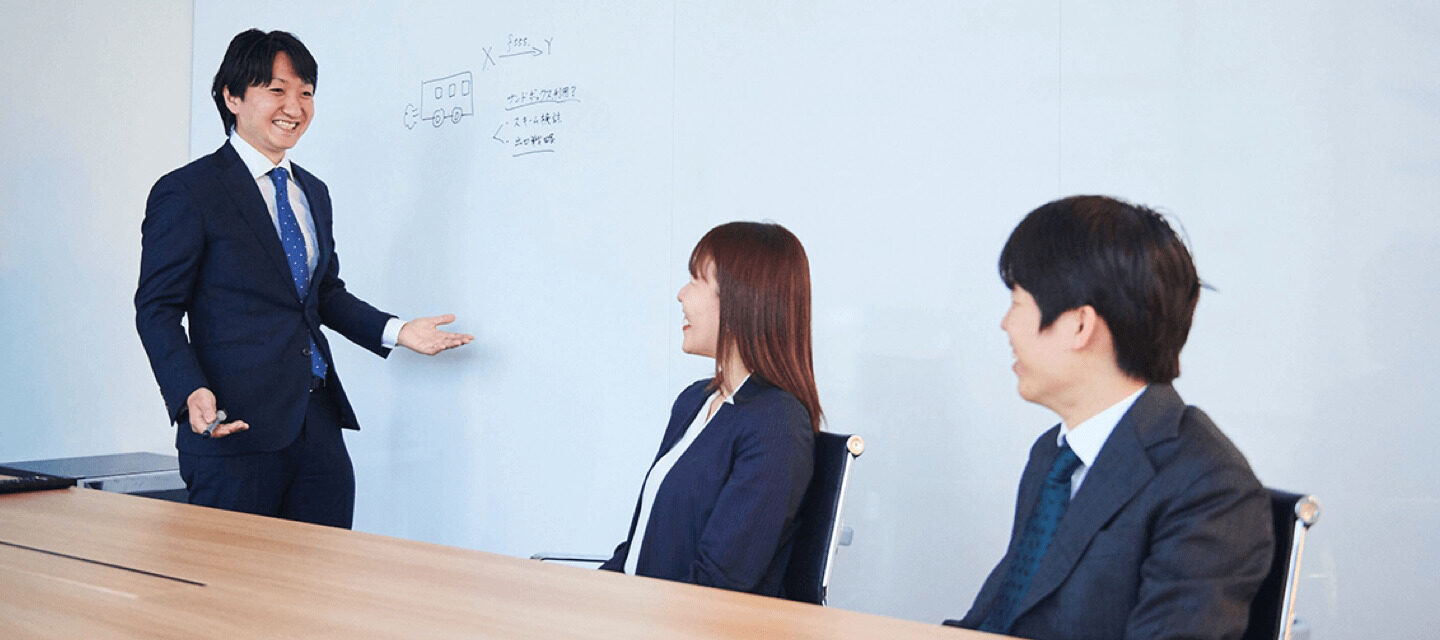[2025 Latest Trends] How Will Regulation of Ride-Hailing Apps Change? A Lawyer Explains Key Forthcoming Issues, with a Focus on Fee Regulation
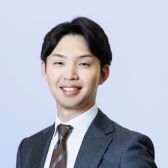
Attorney admitted in Japan
Keita Mashita
![[2025 Latest Trends] How Will Regulation of Ride-Hailing Apps Change? A Lawyer Explains Key Forthcoming Issues, with a Focus on Fee Regulation](https://zelojapan.com/wp/wp-content/uploads/2025/05/250514_img-top-608x336.jpg)
It has been over two years since the release of ChatGPT (GPT-3.5). Some companies continue to struggle with how to coexist with AI, while others have successfully leveraged it to streamline operations. There are even businesses that have significantly enhanced their services and doubled their revenue thanks to AI. At ZeLo, we often receive inquiries from companies utilizing AI, such as: “Isn’t it difficult to obtain a patent if you’re merely using AI?” Indeed, obtaining a patent can be challenging if the invention is simply “using AI.” However, in many cases, this difficulty stems not from the nature of the invention itself, but from the fact that similar technologies have already been filed—more precisely, they are disclosed in prior patent applications. This article introduces trends in the number of patent applications for AI-related inventions. We hope it serves as a useful reference when considering your own patent filing strategy. Please note that this information is for reference purposes only.
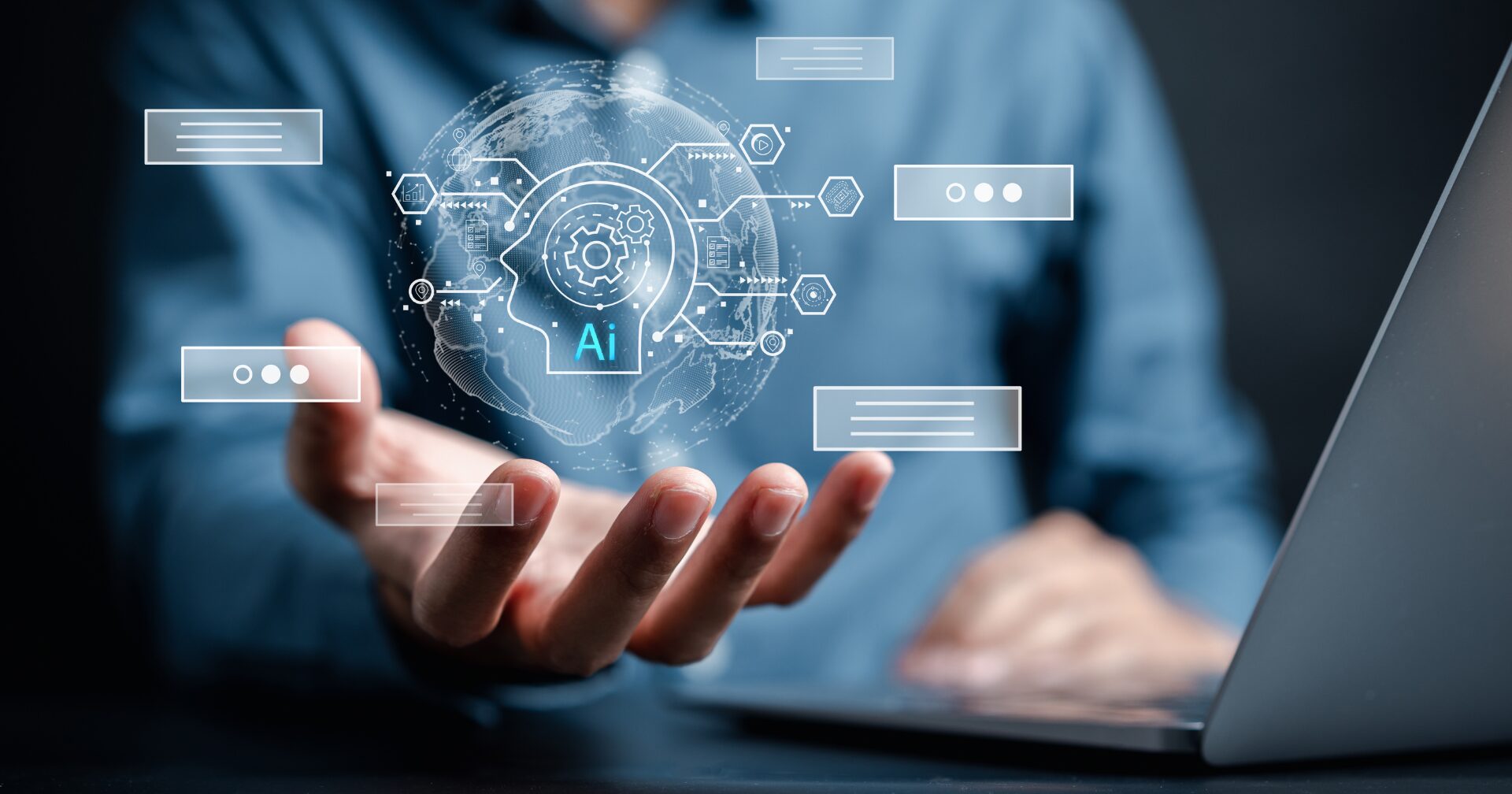
Toshihiko Adachi graduated from the University of Electro-Communications in 2002 and graduated from University of Tsukuba in 2012. He started his career as a patent attorney (Japan) in 2017. Before being a patent attorney, he used to be a patent examiner at Janan Patent Office. He joined ZeLo in 2024. He handles prosecutions of patents in various kinds of technical fields.
Toshihiko Adachi graduated from the University of Electro-Communications in 2002 and graduated from University of Tsukuba in 2012. He started his career as a patent attorney (Japan) in 2017. Before being a patent attorney, he used to be a patent examiner at Janan Patent Office. He joined ZeLo in 2024. He handles prosecutions of patents in various kinds of technical fields.
目次
To help contextualize patent filing trends over time, let’s begin with a brief overview of AI’s historical development.
1st AI Development Phase (1950s–1960s): The Dawn of AI Research
At the 1956 Dartmouth Conference, John McCarthy coined the term “Artificial Intelligence.” He defined AI as “the science and engineering of making intelligent machines,” emphasizing the ability of machines to simulate learning and other aspects of human intelligence. This marked the birth of AI research as an academic discipline, leading to the development of rule-based programs and search algorithms.
However, real-world problems proved too complex to solve using only rules, and computing power at the time was insufficient to handle the massive calculations required. As a result, the first AI development phase eventually subsided.
2nd AI Development Phase (1980s): Domain-Specific Systems
During the second development phase, systems using expert knowledge in fields such as chemical analysis and medical diagnosis were developed. In Japan, the Ministry of International Trade and Industry (now METI) and ICOT spearheaded the Fifth Generation Computer Systems project, aiming for large-scale AI development.
Despite these efforts, the expected breakthroughs did not materialize, primarily because knowledge acquisition was still manual, and managing massive rule sets remained a technical hurdle.
3rd AI Development Phase (1990s–2000s): Machine Learning Emerges
This period saw a shift from rule-based systems to data-driven “machine learning.” Advances were made in support vector machines (SVM), Bayesian inference, and neural networks. Unlike previous development phases, the third wave produced notable achievements—such as IBM’s Deep Blue defeating world chess champion Garry Kasparov in 1997.
4th AI Development Phase (2010s–Present): Deep Learning
In 2012, AlexNet, which implemented a convolutional neural network (CNN), won the ImageNet Large Scale Visual Recognition Challenge (ILSVRC), sparking a major shift in the AI industry toward deep learning. Since then, AI has made significant strides in speech recognition, image analysis, and natural language processing.
In 2015, Google open-sourced its AI and machine learning framework, TensorFlow. And in November 2022, ChatGPT (GPT-3.5) was launched, ushering in an era where AI became accessible to a global audience beyond just specialists.
With the above history in mind, let’s take a look at how AI-related patent filings have evolved. The graph below illustrates the trend in patent applications in Japan since 1965.
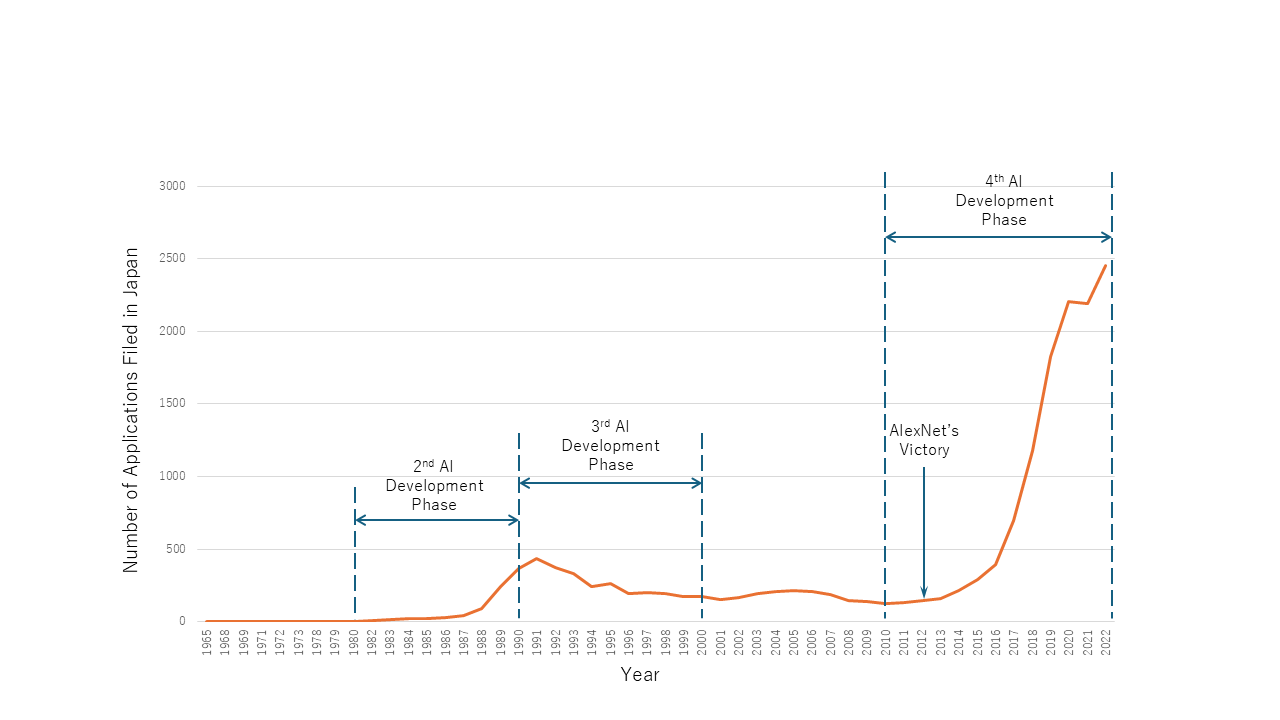
Overlaying these trends with the AI development phases discussed above reveals a clear pattern:
Patent filings began to rise during the second AI development phase, remained steady through the third, and surged significantly during the fourth development phase.
The notable increase from 2012 onward aligns with AlexNet’s ILSVRC win and the industry-wide pivot toward deep learning, which accelerated AI development and, consequently, patent activity.
The graph below focuses on filings from the fourth AI development phase (2010–2022).
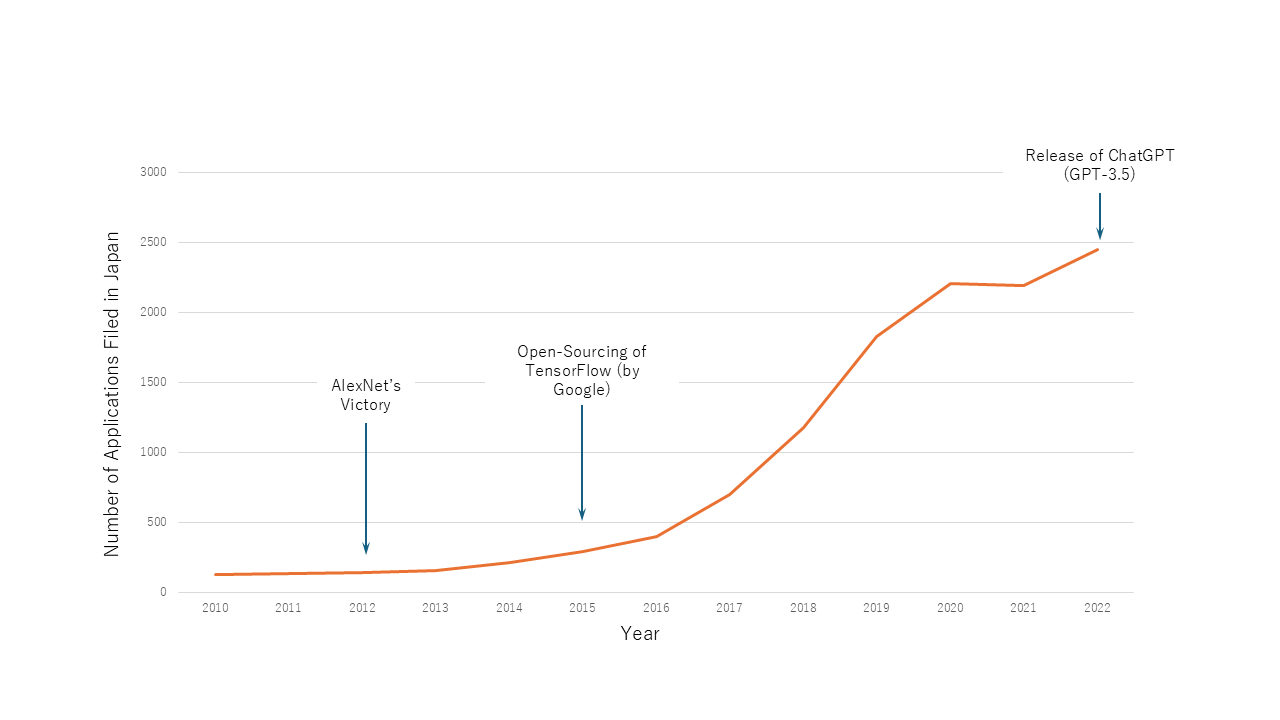
As shown, patent applications began rising in 2012, coinciding with AlexNet’s success. The most rapid increase occurred between 2015 and 2018.
The year 2015 is particularly significant—it marked a year often referred to as the beginning of practical AI implementation as Google open-sourced TensorFlow. This led to a revitalized AI market and accelerated R&D activity, which likely contributed to the surge in patent filings.
You might wonder why, despite covering the “2010–present” period, the data only goes through 2022. That’s because Japanese patent applications are typically not published until 18 months after filing. As such, data for 2023 and beyond (especially post-September 2023) is not yet publicly available.
Nevertheless, based on the graphs and recent AI market trends, we can make some educated guesses.
From Graph 1:
From Graph 2:
These observations suggest that market activation, rather than headline events alone, is a more reliable driver of increased patent activity.
For example, Deep Blue’s win, though shocking, had limited market impact. In contrast, lesser-known events—such as the AlexNet win or Japan’s Fifth Generation Computer initiative—had deeper technological and commercial implications.
The open-sourcing of TensorFlow, widely covered in mainstream media, also catalyzed significant market entry and innovation.
Now consider 2022—the year ChatGPT (GPT-3.5) launched. The market response was explosive: over one million users in just five days, and over 100 million within two months. Both major corporations and startups quickly began integrating ChatGPT into their businesses. Clearly, the AI market has entered another phase of intense growth.
Patent filing trends and current market activity suggest that the number of AI-related patent applications will likely continue to grow rapidly after 2023. Since patents are granted on a first-to-file basis, delays could mean losing the opportunity to protect your technology—or worse, facing infringement claims from competitors who filed first.
Whether to patent or to keep your technology as a trade secret is a strategic decision. However, given the global nature of AI and IT development, it is essential to carefully consider filing international applications, such as PCT filings, in addition to domestic protection.
That said, not every invention should be patented, and a targeted and informed filing strategy can help avoid unnecessary costs. It’s wise to consult with professionals who understand market standards and can assess the value of your innovations.
At ZeLo’s Intellectual Property Department, we have a team of experts—including former engineers from IT companies and former patent examiners—who bring a wealth of practical experience across diverse fields. We provide comprehensive, one-stop support tailored to your needs, from prior art searches and patent filings (domestic and international) to invention disclosure systems and internal IP policies.
If you’re considering patenting an AI-related invention or revisiting your company’s IP strategy, please feel free to contact us for further discussion or support (https://zelojapan.com/en/contact).
This article is an English translation of the original Japanese article. Please click here for the Japanese original.
The information provided in this article does not, and is not intended to, constitute legal advice and is for general informational purposes only. Readers of this article should contact an attorney to obtain advice with respect to any particular legal matter.

